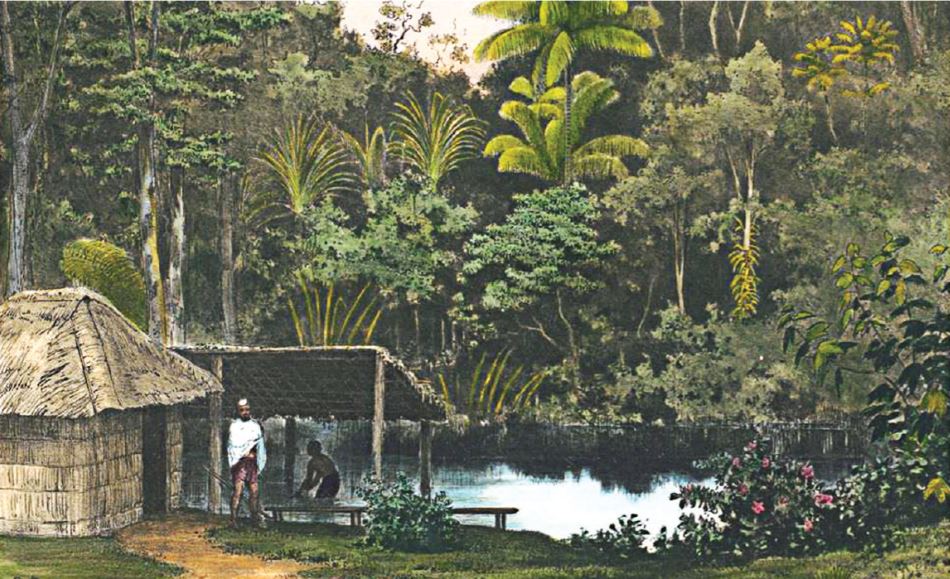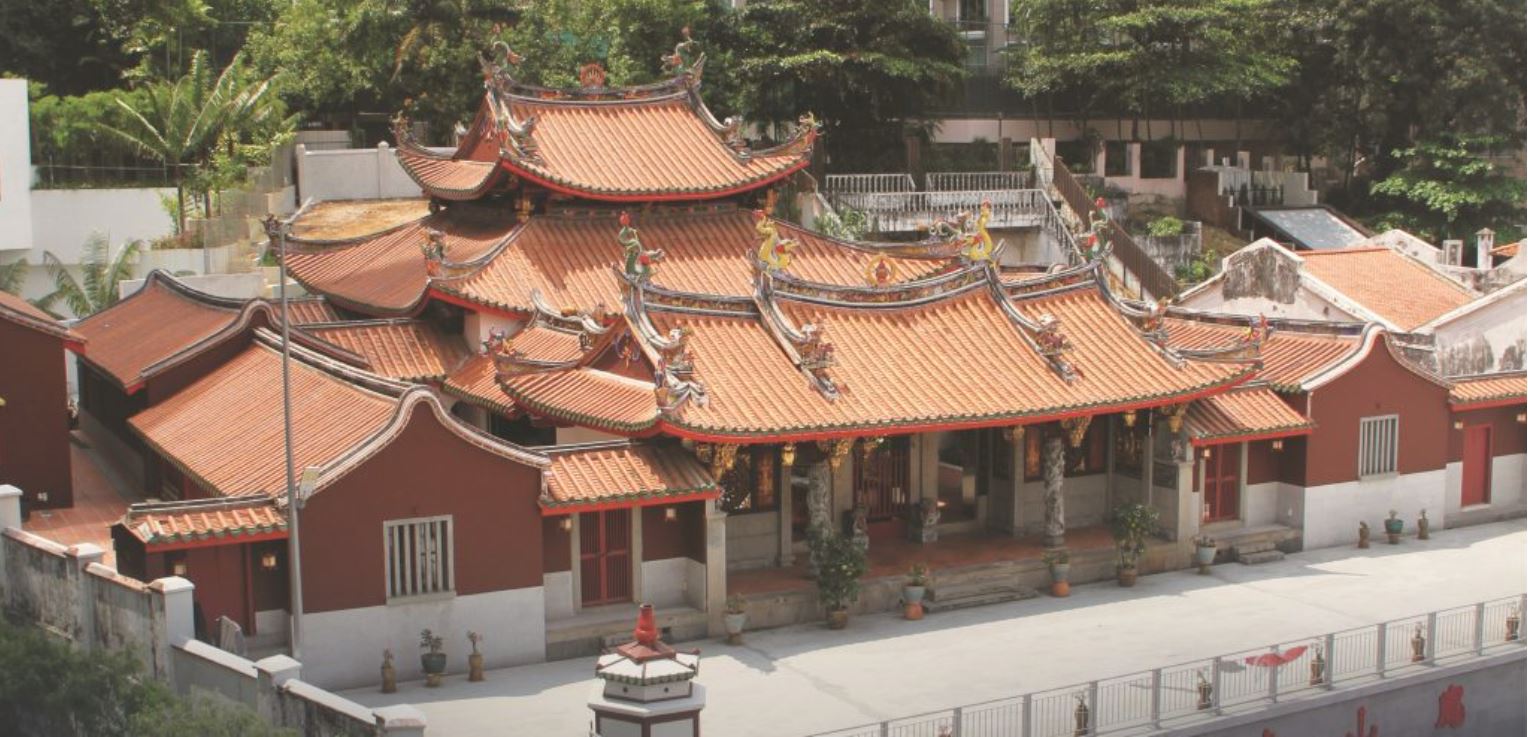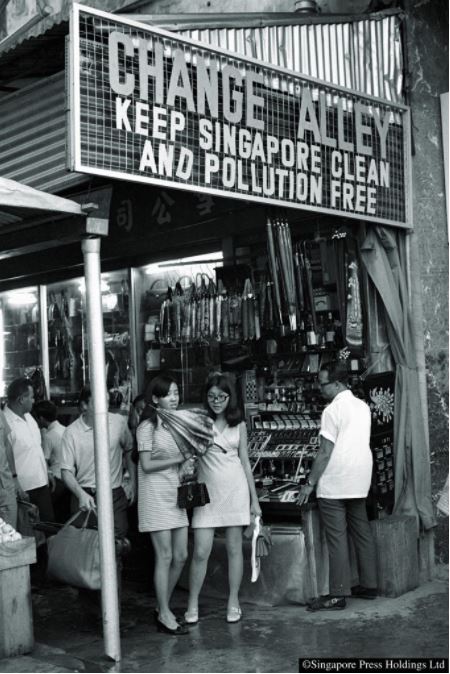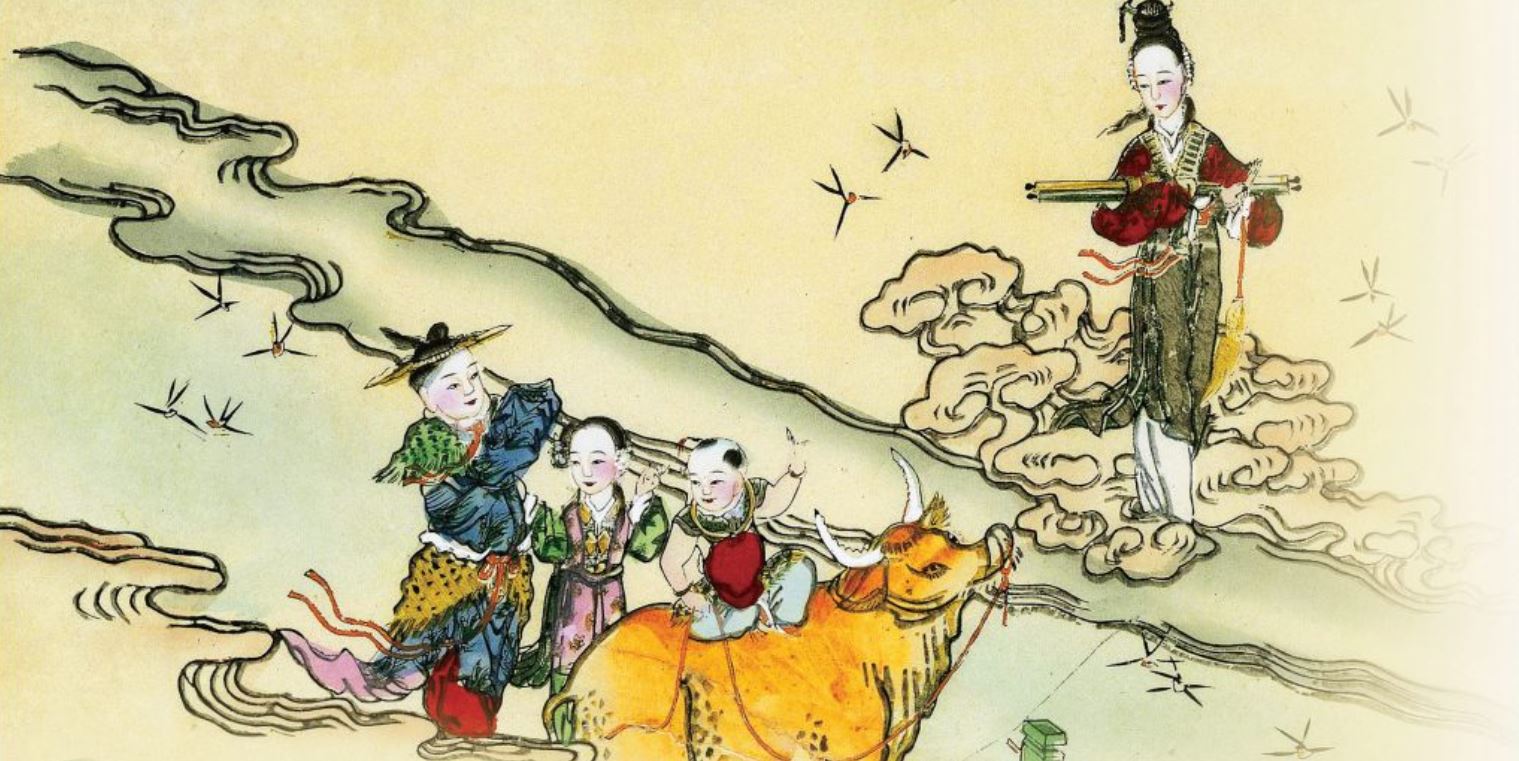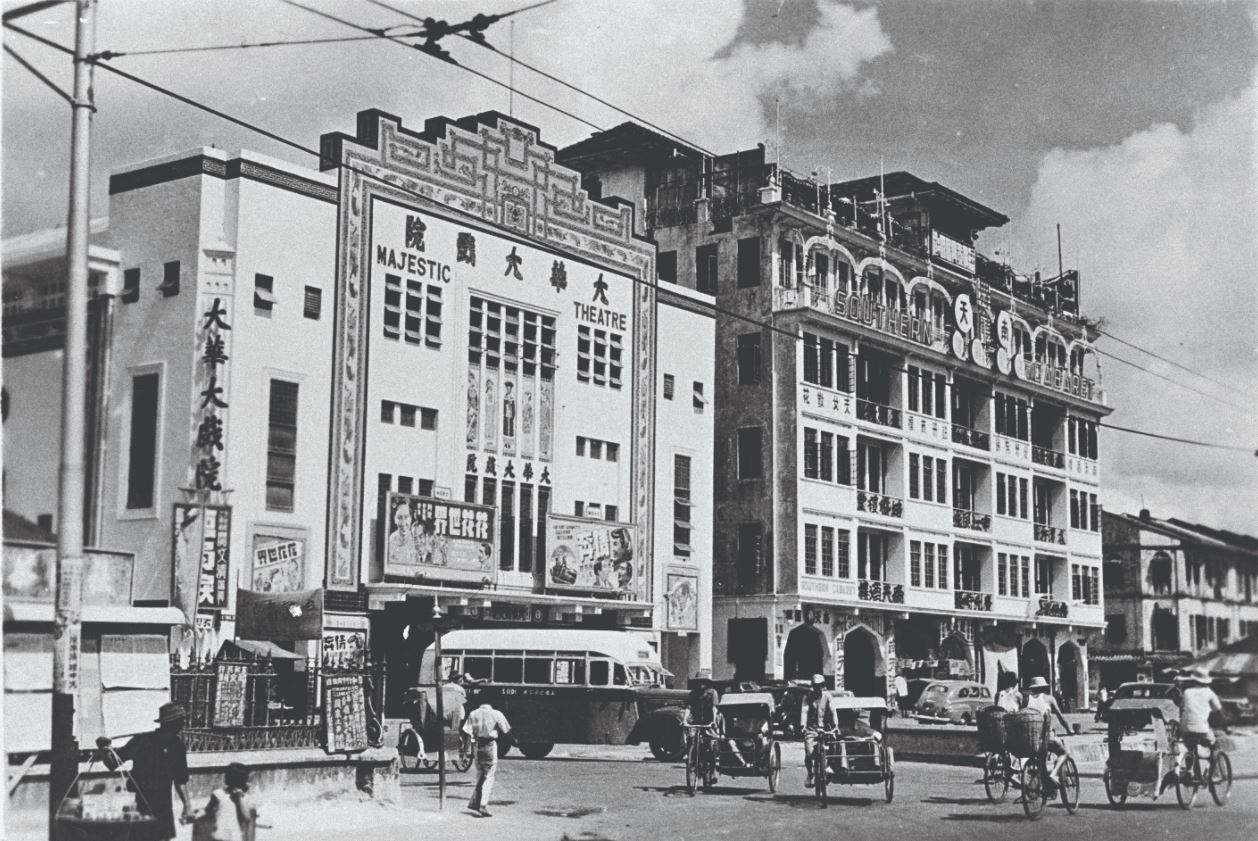Culture
“We Do”: Mass Weddings in Singapore
Initially inspired by the “New Life Movement” in China, couples in Singapore would opt for mass weddings to save money.
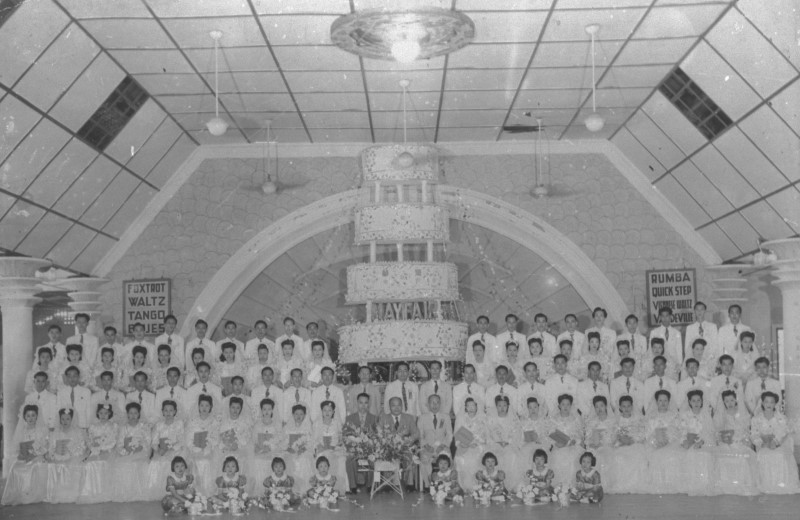
Singapore Youth Orchestra Brings Singapore Composers into the Limelight
The Singapore Youth Orchestra’s practice of commissioning and performing the works of local composers was instrumental in the growth of Singapore music.
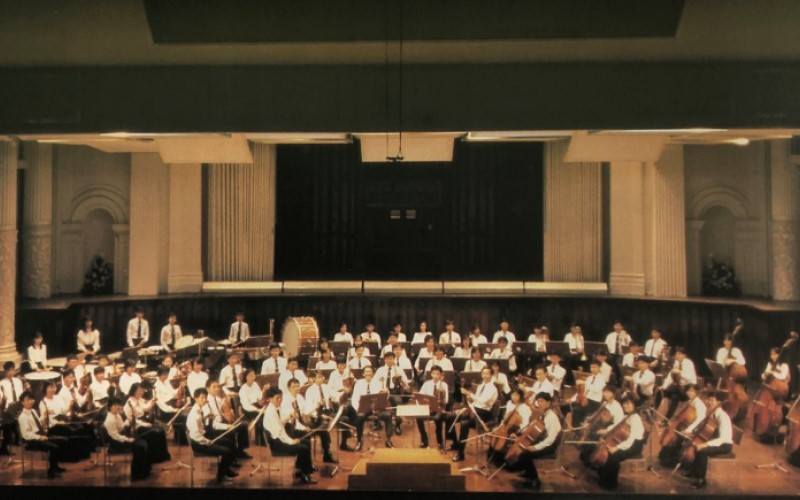
Historical Photos of Chin Woo’s Golden Lions
The Singapore Chin Woo (Athletic) Association’s lion dance troupe opens their archives for a peek into the rich history of their Golden Lions.
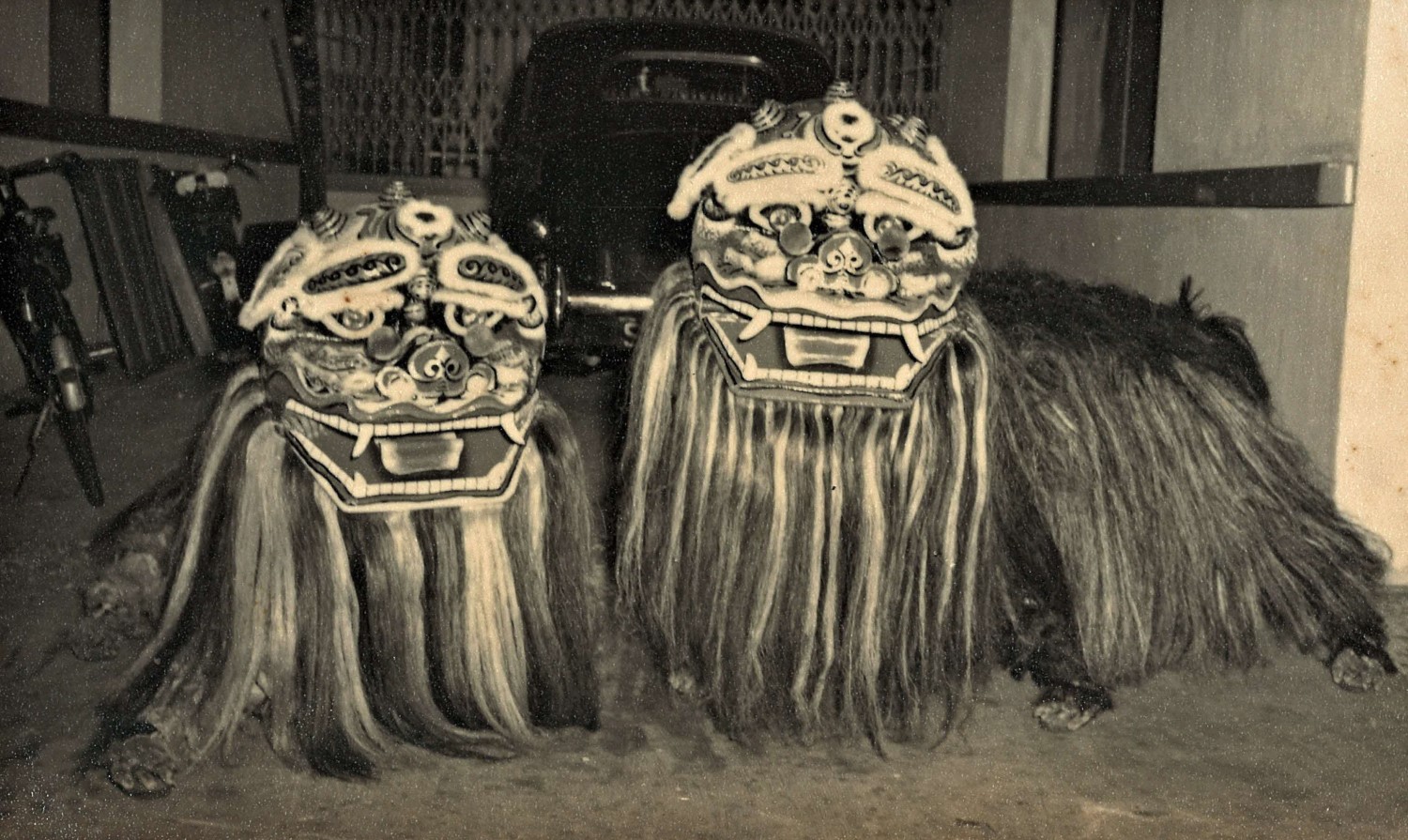
Rites of Rehabilitation: The Social Work of the Zhenkongjiao in Singapore
With its sometime unconventional treatments, the Zhenkongjiao worked together with local authorities to remove the scourge of opium addiction in Singapore.
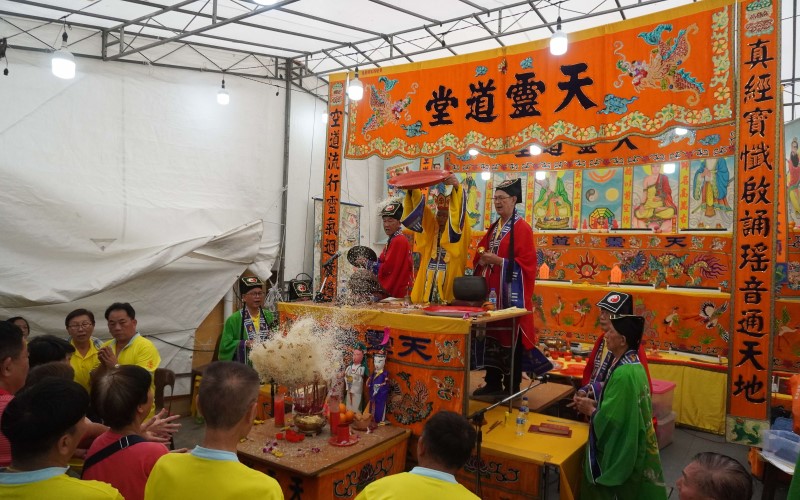
Chingay in the 19th and 20th Centuries: A Community Procession in Time
The Chingay Parade held annually in Singapore during the Lunar New Year has its roots in the tai ge from China.

Cups and Sources: Hunting Down the Origins of Kueh Pie Tee
Kueh pie tee is a fixture of classic Singaporean cooking, yet its identity has the shape of an enigma, filled with mystery and garnished with riddles.

Fire Dragon Blazes Trail for Cantonese Temple in Geylang
Mun San Fook Tuck Chee Temple is the home of the Fire Dragon in Singapore.
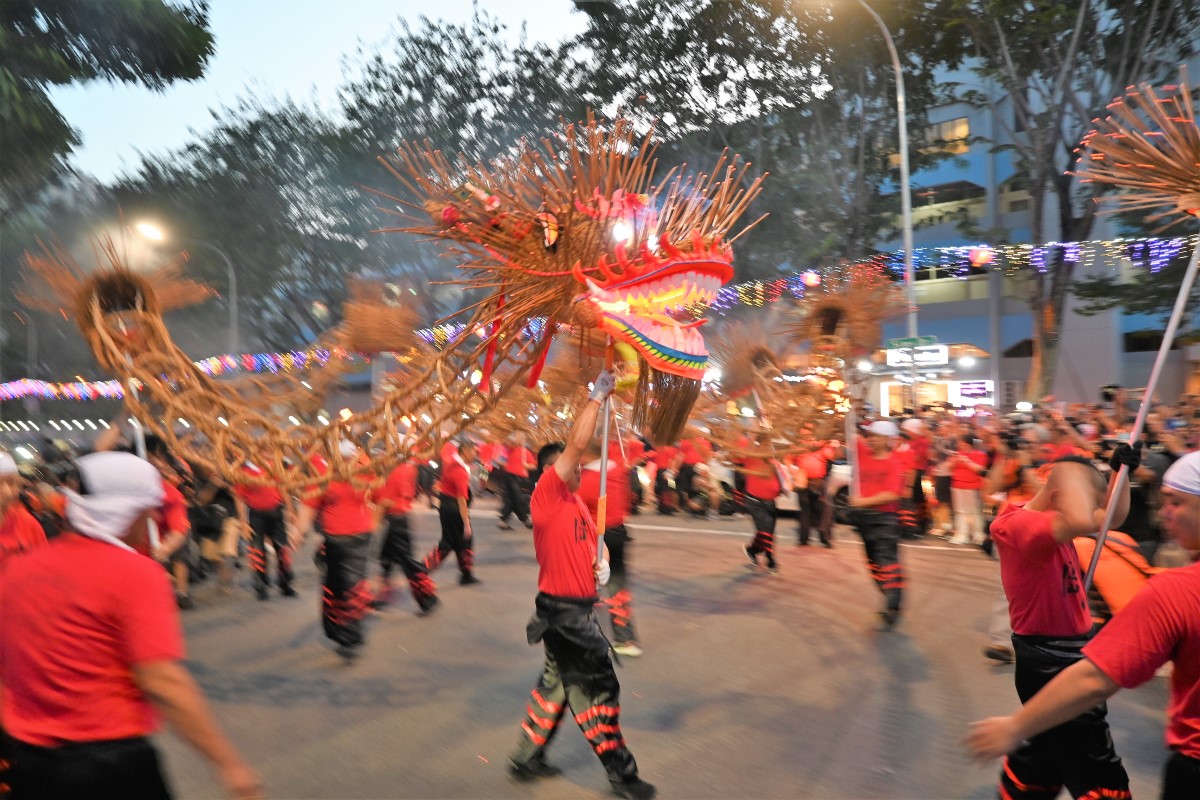
A Plethora of Tongues: Multilingualism in 1950s Malayan Writing
From the melting pot of cultures and languages in postwar Singapore emerged the search for a Malayan identity, negotiated and presented through multilingualism in Malayan literature.
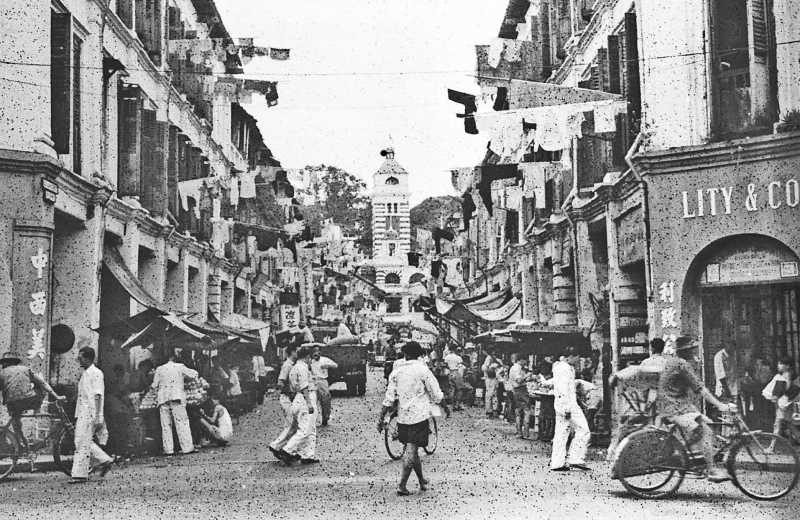
Portugal’s Linguistic Legacy in Southeast Asia
While Portugal may not have had a large presence in this region, remnants of the Portuguese language continue to linger on, in some places more than others.
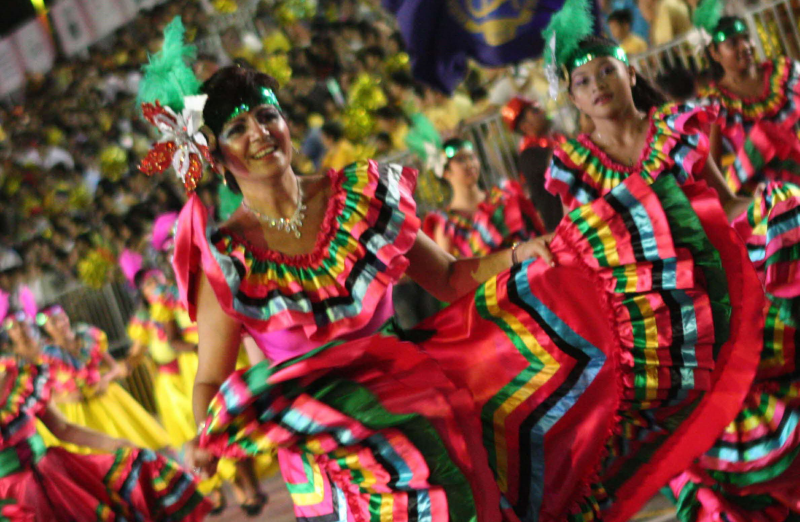
Maiden Lim and Her Sisters: Taoist Folk Goddesses of Singapore
The local Taoist pantheon includes goddesses only found in Singapore, such as Lin Guniang, Lei Niangniang and Huang Guniang.

The Divine Lance: Thaipusam and Murugan Worship in Singapore
Thaipusam speaks of a migratory community that carries its deep-rooted cultural tradition wherever its people go.
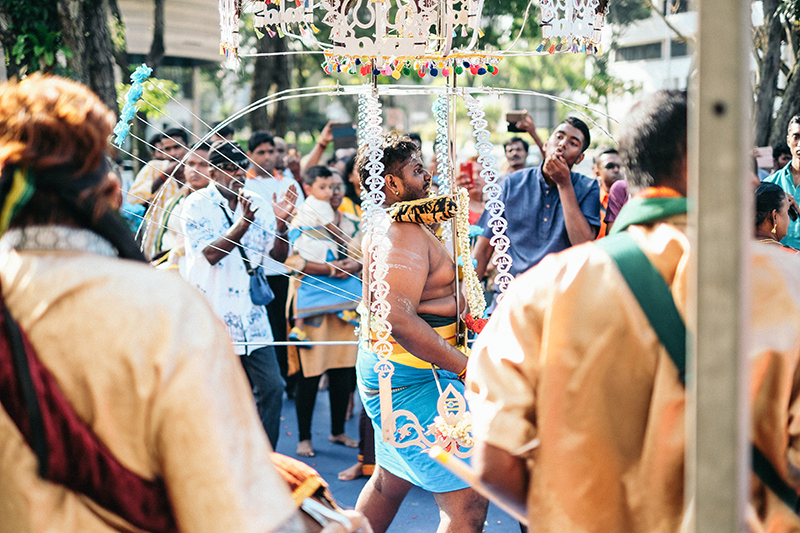
Theemithi: A Look at the Full Cycle of Rituals Behind the Festival of Firewalking
Theemithi is much more than just the firewalking festival. It is a cycle of rituals that involves the re-enactment of events from the Mahabharatam over several months.
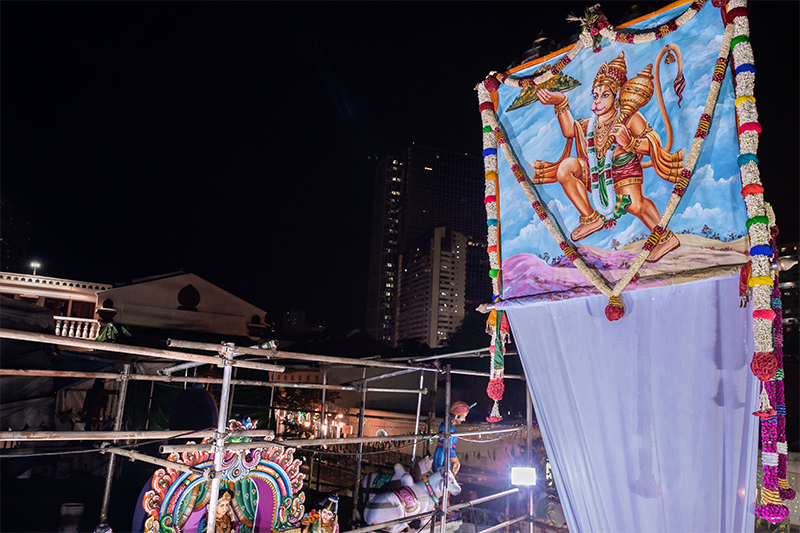
Johor at the 1893 Chicago World’s Fair
The story of how Johor ended up at the Chicago World’s Fair is an unexpected twist in Malaya’s colonial past.
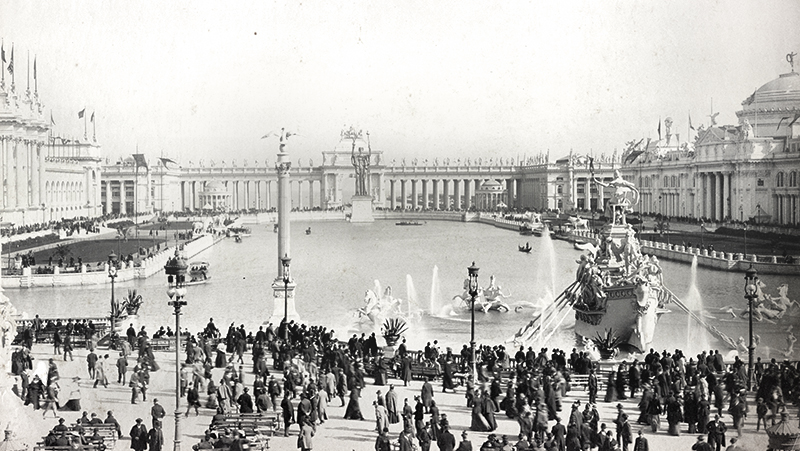
How Chinese Buddhist Women Shaped the Food Landscape in Singapore
Women who practised a particular form of Buddhism set up popular vegetarian restaurants in the 1940s and 50s that met the needs of local Buddhists and also helped promote vegetarianism.
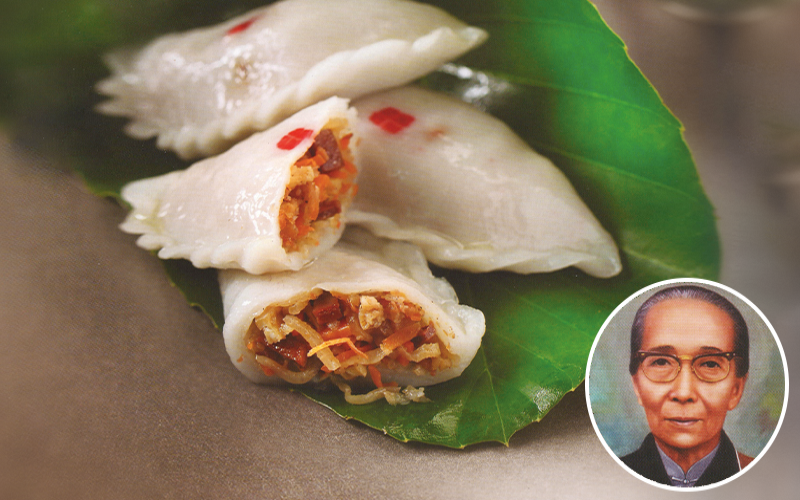
We Are What We Eat: The Evolution of Chinese Food in Singapore
Chinese food in Singapore is a product of the country’s history and geography, reveals Low Sze Wee.
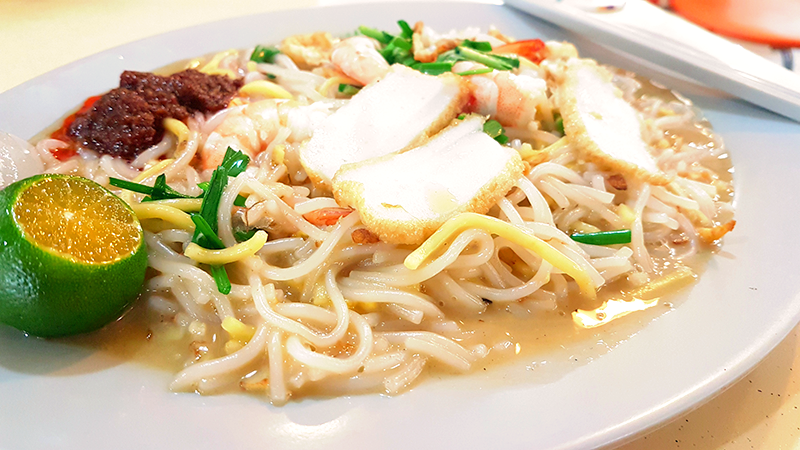
Unravelling the Mystery of Ubin’s German Girl Shrine
What is the truth behind the German girl shrine on Pulau Ubin? William L. Gibson investigates the history of Pulau Ubin to uncover the origin of the tale.

A Bite of History: Betel Chewing in Singapore
Fiona Lim and Geoffrey Pakiam look at a time-honoured tradition that is no longer fashionable.

The Sticky Problem of Opium Revenue
Diana S. Kim explains how the colonial government reduced its dependence on opium taxes.

The Chinese Spirit-Medium: Ancient Rituals and Practices in a Modern World
Self-mortification and the spilling of blood are hallmarks of the Chinese tangki. Margaret Chan explains the symbolism behind these practices.
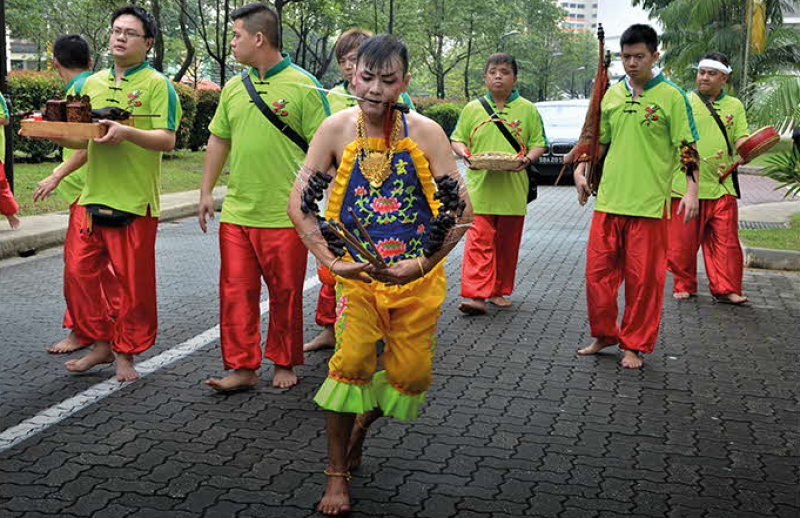
Navaratri Golu: The Hindu Festival of Dolls
Celebrated by Hindus of South Indian origins, the Golu festival is a lively melange of colourful dolls, womenhood and spirituality. Anasuya Soundararajan shares with us its origins.
Magic or Medicine? Malay Healing Practices
Is traditional Malay medicine based on superstition and folklore or grounded in scientific evidence? Nadirah Norruddin uncovers the varying perceptions of Malay medicine in colonial Malaya.
Preserving Nan’an History in Singapore
The National Library recently received several rare items connected to the history of the Nan’an community and Hong San See Temple in Singapore. Ang Seow Leng presents highlights of the collection.
Going Shopping in the 60s
What was the act of shopping like for a generation that was more concerned about putting food on the table? Yu-Mei Balasingamchow ponders over our penchant for shopping.
In Search of the Seven Sisters Festival
This time-honoured festival has left no tangible trace of its observance in Singapore. Tan Chui Hua pieces together oral history interviews to reconstruct its proper place in Chinese culture.
文言与白话的抗争与磨合: 近代华文教学语体的蜕变历程 (Classical and Modern Chinese Education)
Classical and Modern Chinese education in Mainland China and Taiwan has been debated for over a century. Chua Chee Lay analyses its development and provides valuable lessons from history.
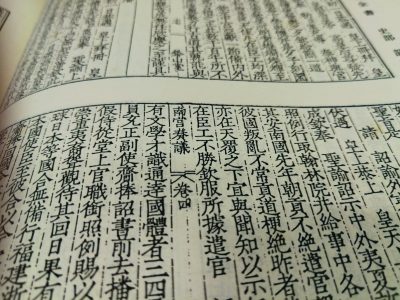
Chinese Renaissance Architecture
This unique style of architecture only reigned for five decades in China, yet several buildings in Singapore still bear the hallmarks of this hybrid form, says Julian Davison.
The Way We Were: Fashion Through the Decades
Singapore has emerged as a leading Asian fashion capital in recent years. Zoe Yeo tracks its evolution through fashion publications from the Legal Deposit Collection.
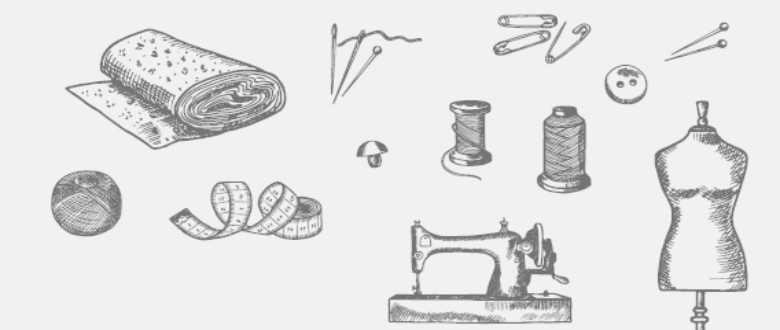
Early Malay Printing in Singapore
Mazelan Anuar tracks the rise and decline of Malay printing and publishing in 19th-century Singapore, and profiles two of the most prolific printers of that period.

Nyonya Needlework and the Printed Page
Cheah Hwei-Fe’n examines the impact of print media on the time-honoured craft of Peranakan embroidery and beadwork.
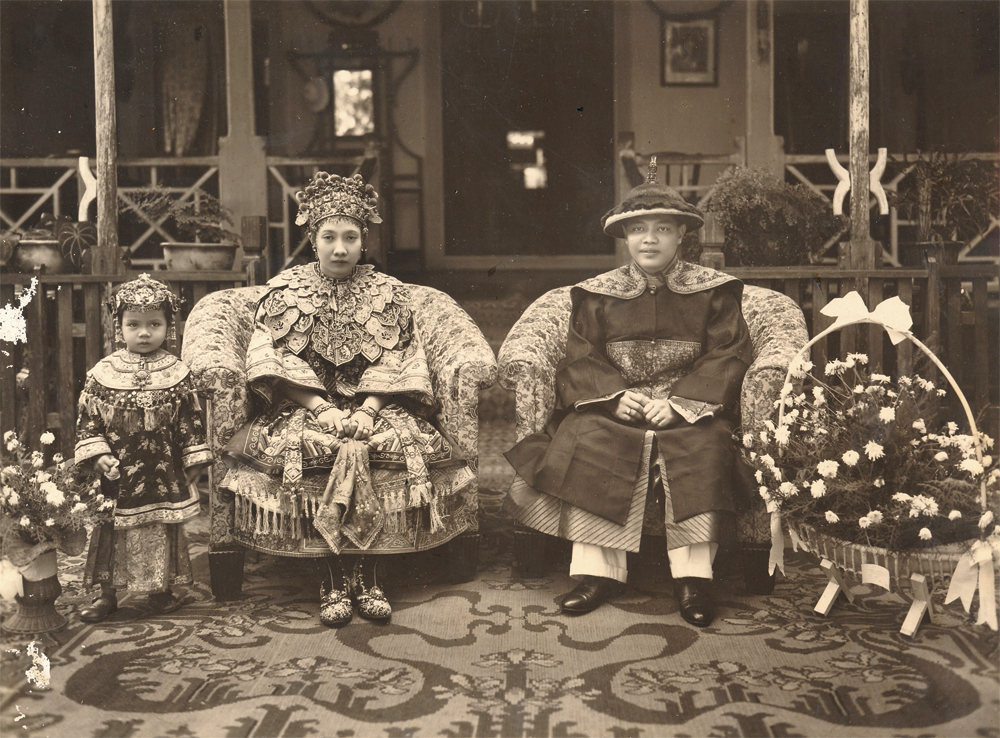
Scots in Singapore: Remembering Their Legacy
Cheah Hwei-Fe’n examines the impact of print media on the time-honoured craft of Peranakan embroidery and beadwork.
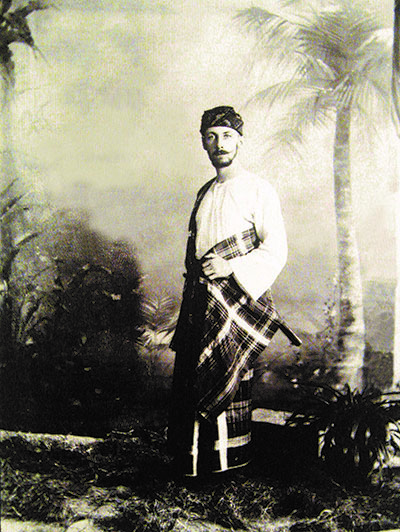
A Lifetime of Labour: Cantonese Amahs in Singapore
Cheah Hwei-Fe’n examines the impact of print media on the time-honoured craft of Peranakan embroidery and beadwork.
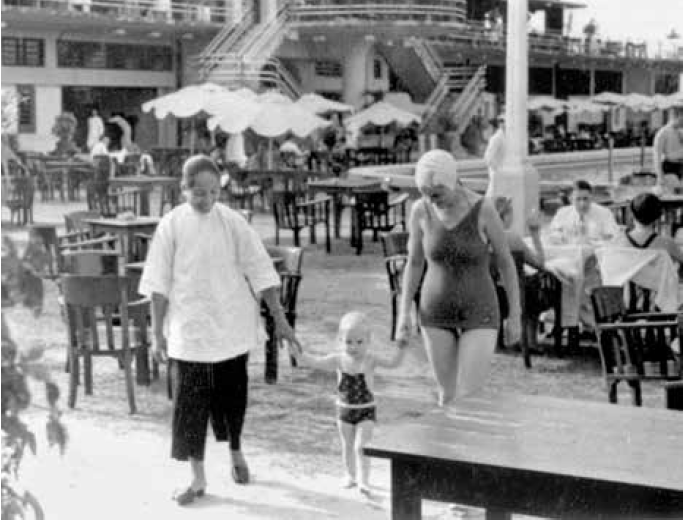
Tales of the Malay World: Manuscripts and Early Books
Literary works in the ancient Malay-speaking world were not enjoyed silently but read aloud to an audience, as Tan Huism tells us in this latest exhibition by the National Library.
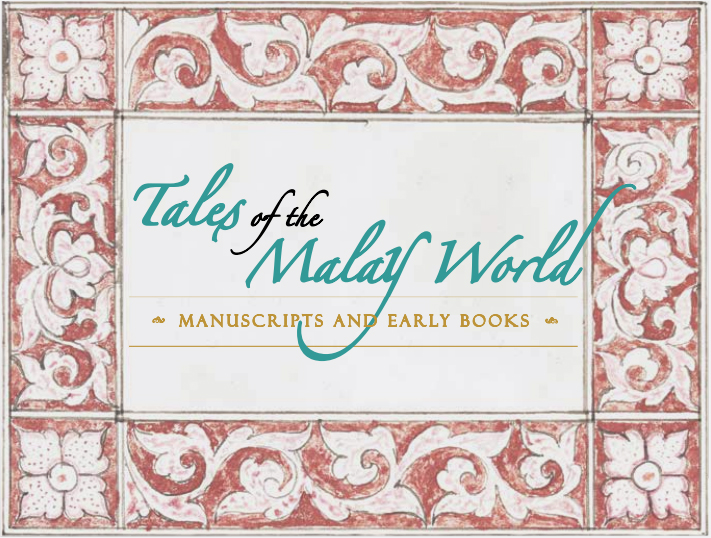
Heaven, Earth and Brotherhood
Secret societies arrived on the back of mass migrations of Chinese to Asia in the colonial era. Makeswary Periasamy highlights the National Library’s collection of early books on Chinese triads.

A History of Singapore Horror
Singaporeans have always had a morbid fascination with the supernatural. Ng Yi-Sheng examines the culture of horror in our oral folklore, books and films.

Gedung Kuning: Memories of a Malay Childhood
Gedung Kuning, or the “Yellow Mansion”, was once the home of Tengku Mahmud, a Malay prince. Hidayah Amin shares anecdotes from her childhood years growing up in the house.

Chinese Puppet Theatre: Rekindling a Glorious Past
Chinese puppetry is a tradition that is slowly losing ground in Singapore. Caroline Chia tells us why this art form should be preserved.
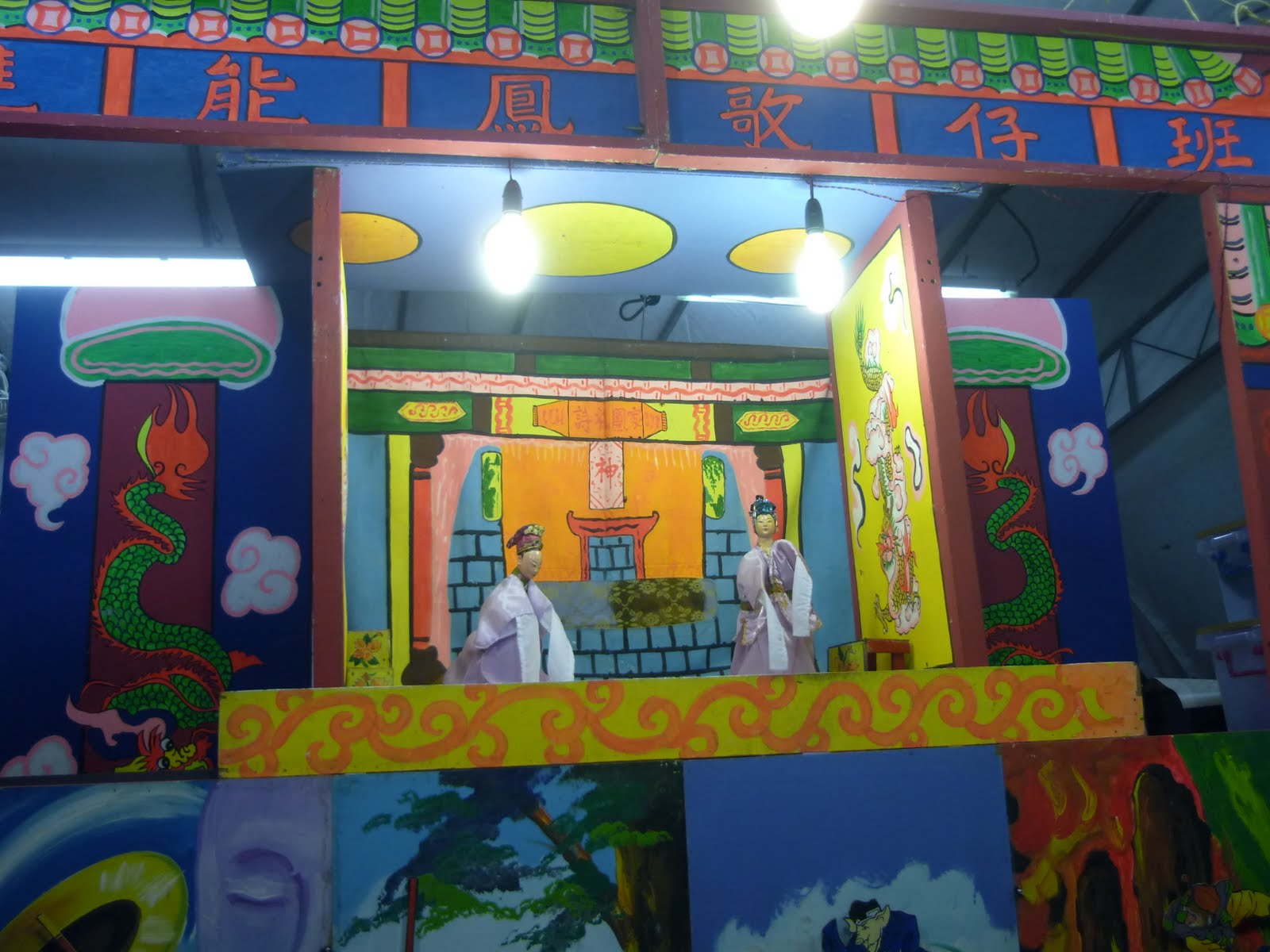
Meeting with the Sea
Melissa De Silva mulls over what it is to be Eurasian in this evocative short story that takes her back to the Portuguese Settlement in Malacca.
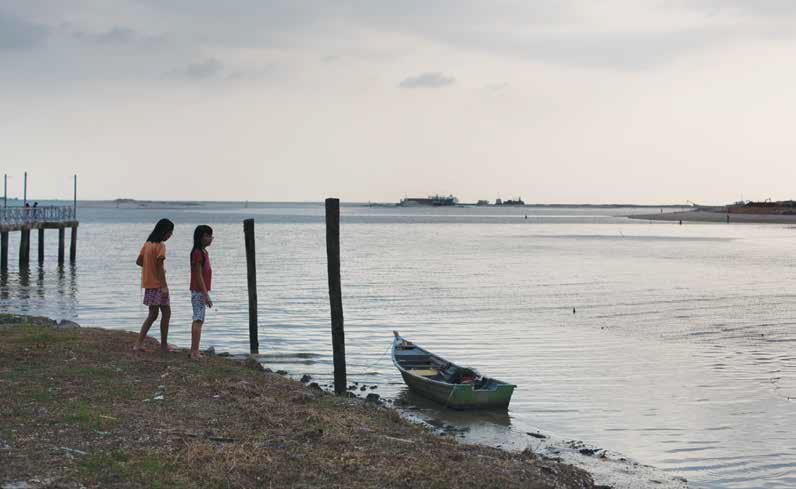
哎哟 华文字真难写!
Students in pre-1970s Singapore had to learn the correct way of writing the Chinese script. Ho Phang Phow describes the painstaking process of mastering this craft.
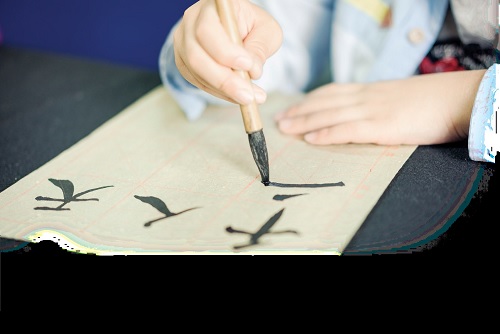
1960s Fashion: The Legacy of Made-To-Measure
The changing face of fashion in Singapore is the subject of a new book called Fashion Most Wanted. This extract recalls how the advent of TV impacted new fashion trends in the 1960s.
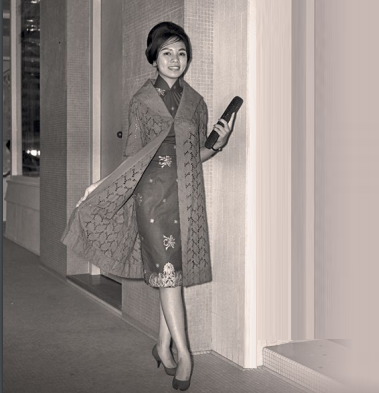
Singapore TV: From Local to Global
Lau Joon-Nie charts the rise of Singaporean television from the first test transmissions to the advent of foreign competition posed by the arrival of cable.
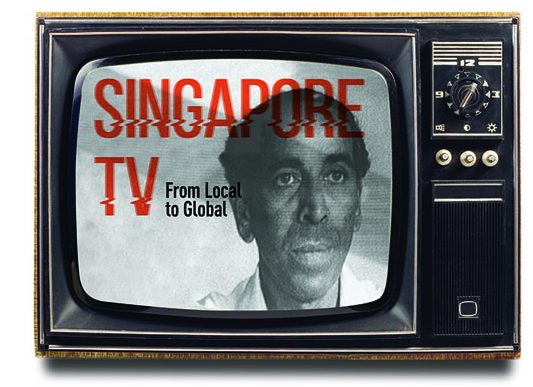
The Story of Singapore Radio (1924–41)
The advent of wireless broadcasting created the same ripples that the Internet unleashed in more recent times. Chua Ai Lin traces its development in colonial Singapore.

Chasing the Dragon: The Scourge of Opium
The opium trade was a lucrative business in colonial Singapore. Gracie Lee examines its deleterious effects on the economic and social life of the city.
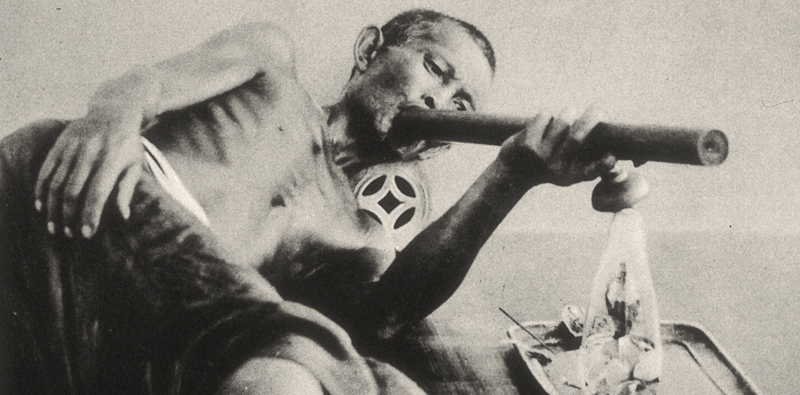
Money-making Bodies: Prostitution in Colonial Southeast Asia
The oldest profession in the world took on a different complexion in Southeast Asia when the European colonial powers arrived. Farish Noor puts the pieces together.

Desperate Housewives: The Lure of Chap Ji Kee
Chap ji kee has been famously called the “housewives’ opium”. Janice Loo traces its rise and subsequent decline.
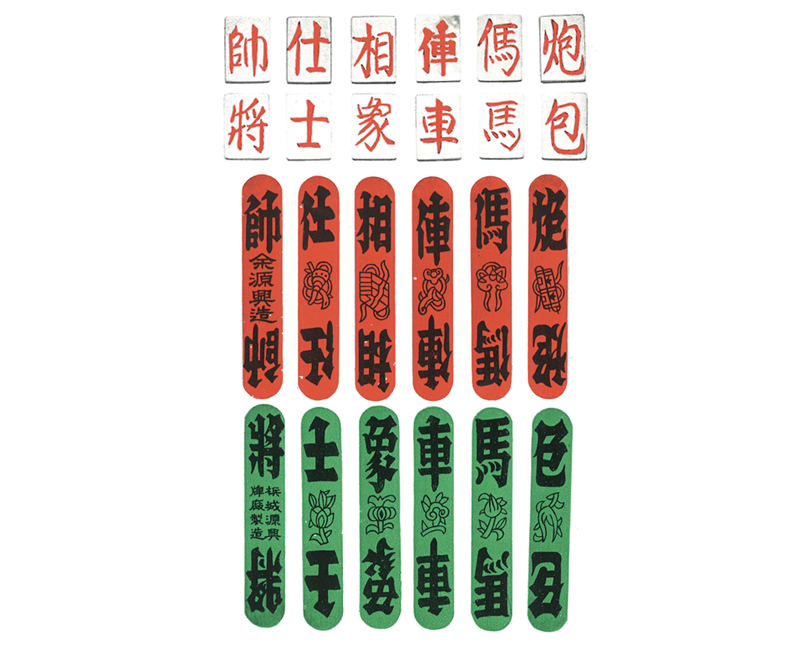
Culture on Celluloid: Alternative Films in Singapore
Intellectual and art house films have a long history in Singapore but the issues the genre faces have changed little over the years. Gracie Lee charts the challenges of alternative cinema in our city.

In Vogue: Singapore Fashion Trends from 1960s to 1990s
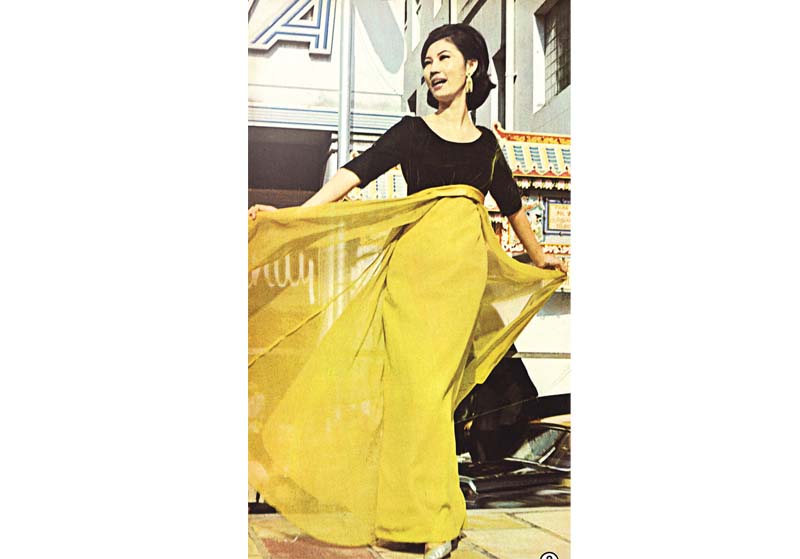
Chinese Clan Associations in Singapore: Then and Now
Chinese clan associations in Singapore date back to the time of Stamford Raffles. Lee Meiyu shows us how the functions of clan associations have changed over the years according to the needs of the local Chinese community as well as changes in state policy.
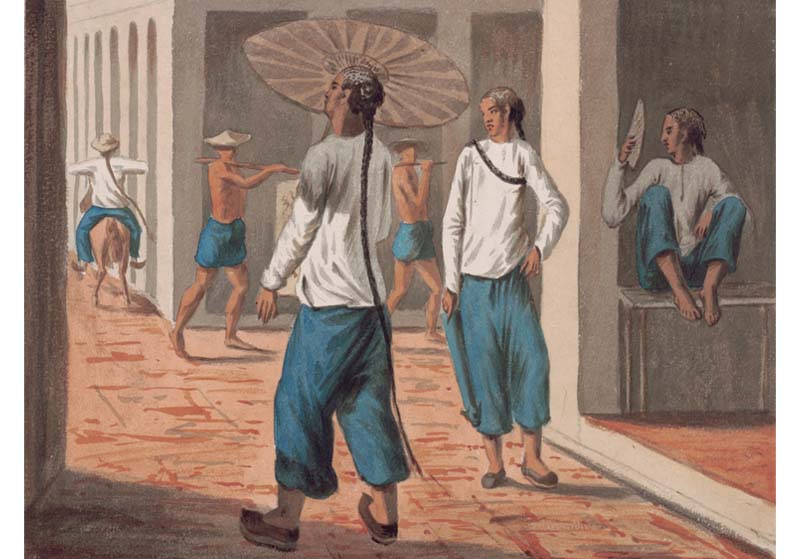
Of Belacan and Curry Puffs: A Taste of Singapore’s Past
Bonny Tan pores through the rich archives of Malayan newspapers and shows how disparate communities have come together to create a food culture that is truly emblematic of Singapore’s multicultural character.

The Jiapu Chronicles: What’s in a Name?
Records of family lineage were important in traditional Chinese society. Lee Meiyu charts the history of these documents, or jiapu, which track not only family roots but also the social norms and cultural values of China at the time.




